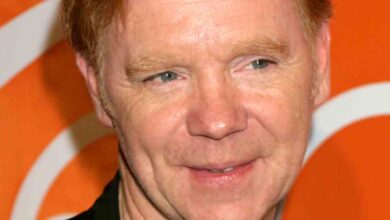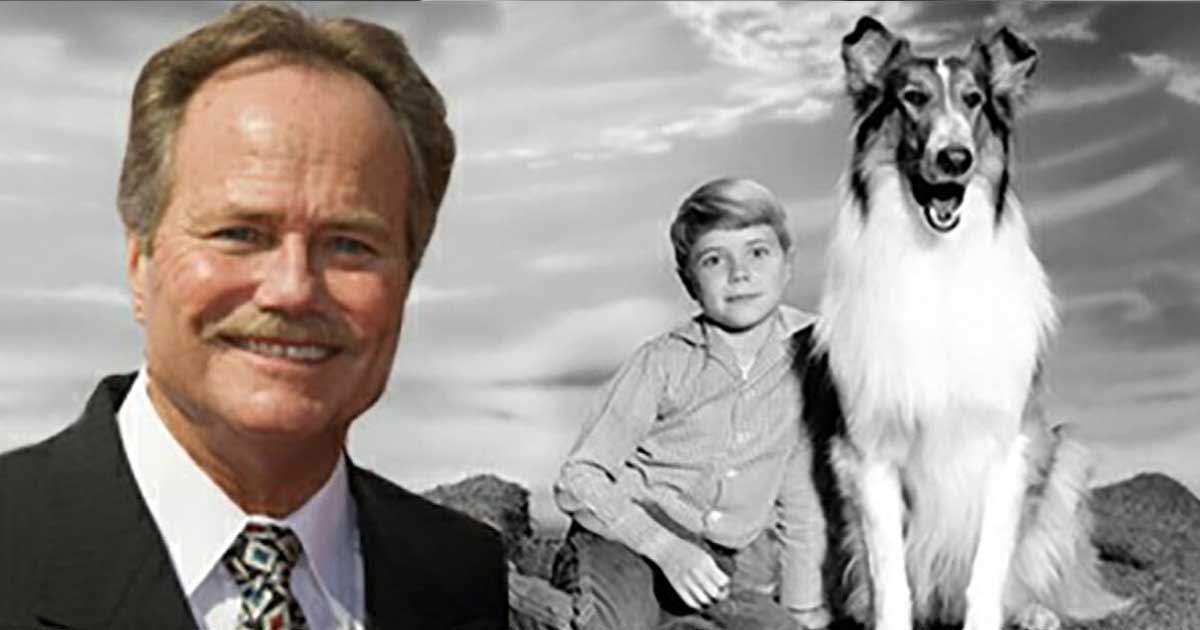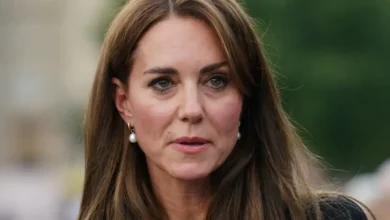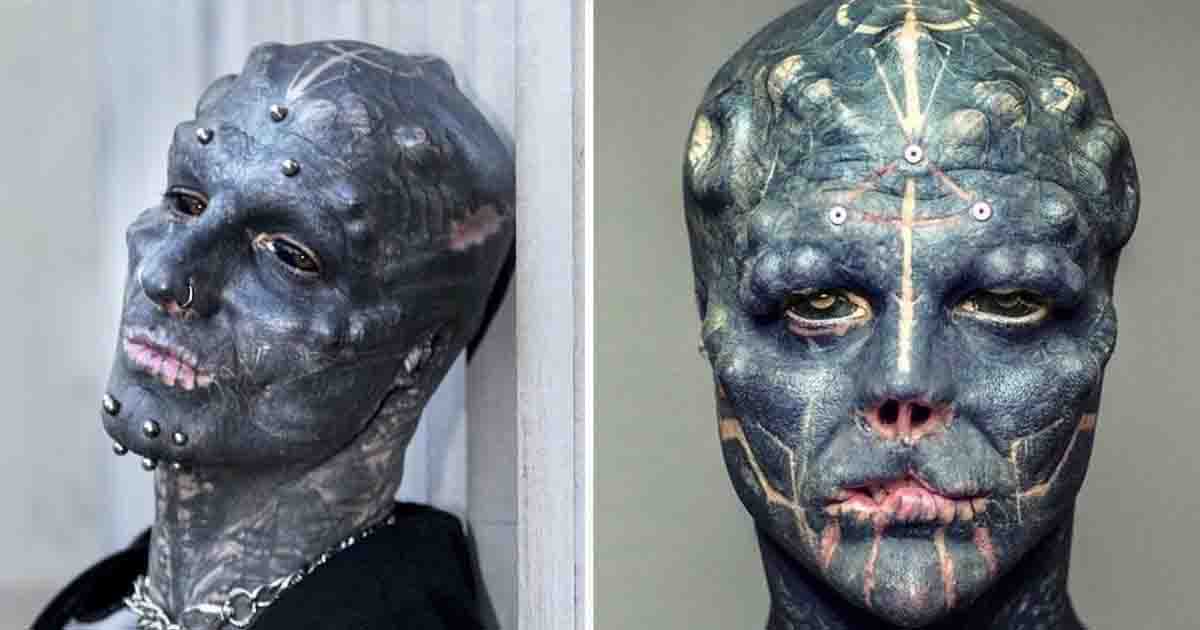Ancient prophecy sparks fears after Pope Francis’ death—could the next pope be the last?
1,000-year-old prediction resurfaces, warning of global destruction following the next papal election
The death of Pope Francis has reignited interest in a centuries-old prophecy claiming the next pope may be the last—bringing with him a time of great suffering and possibly the end of the world.
Pope Francis passed away on April 21 at the age of 88, following a stroke that led to a coma and heart failure. The Vatican has since entered a nine-day mourning period, and preparations for his burial are underway. But beyond the solemn ceremonies, the world’s attention is now turning toward the crucial decision of choosing his successor—a process that may carry more weight than ever before.
That’s because a 1,000-year-old prophecy, long dismissed by some as folklore, has suddenly gained new life online. Known as the Prophecy of the Popes, this eerie prediction has people questioning whether we may be approaching a dramatic turning point in human history.
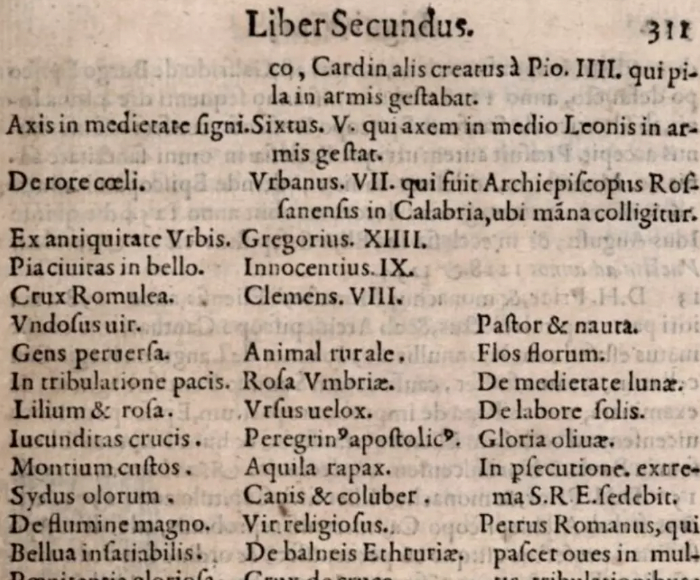
Who was Saint Malachy and what did he predict?
The prophecy is credited to Saint Malachy, an Irish archbishop who lived in the 1100s. According to legend, Malachy had a vision while visiting Rome and wrote down the names—or symbolic descriptions—of 112 future popes.
The strange part? The list seems to end with the pope after Benedict XVI, who famously stepped down in 2013, paving the way for Pope Francis. That would make Francis the second-to-last pope on the list… and the next one, the final.
The last figure described is “Peter the Roman,” a pope said to lead the Church during a time of “great tribulations,” ending with the destruction of Rome and judgment day.
“In the extreme persecution of the Holy Roman Church, there will sit Peter the Roman… he will feed his flock amid many tribulations; after which the city of seven hills shall be destroyed, and the dreadful Judge will judge the people.” — Prophecy of the Popes
Some even claim that Pope Francis’ choice of name supports the prophecy—he named himself after Saint Francis of Assisi, whose father was named Pietro (Peter in English).
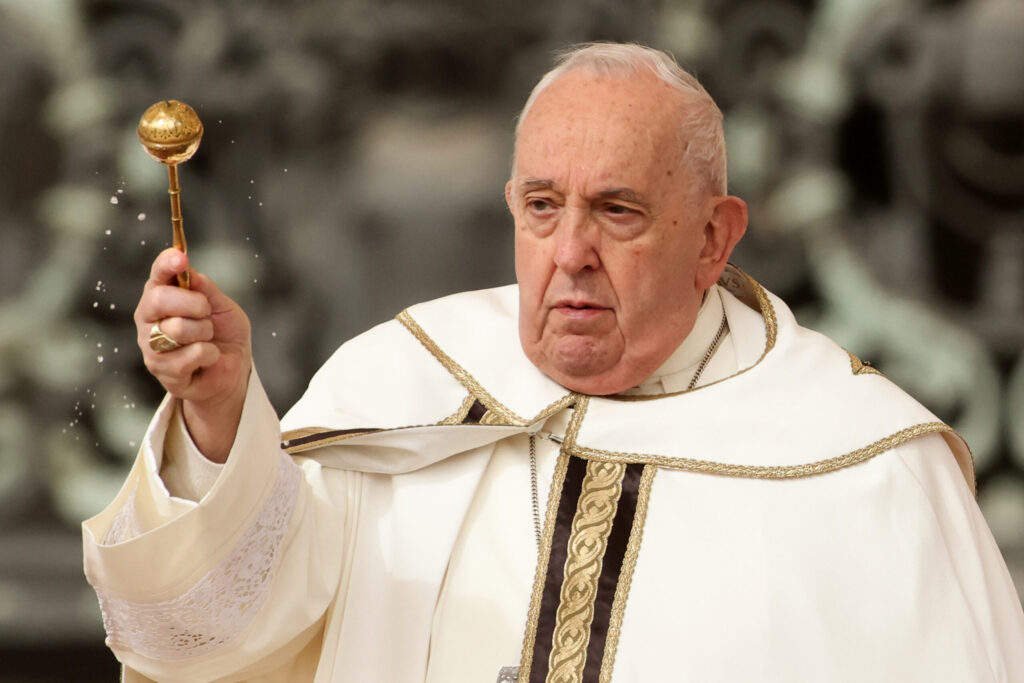
Why is this prophecy making headlines now?
On social media, people are sharing the prophecy with renewed urgency, linking it to the many global crises currently happening—from war and political unrest to climate change and natural disasters.
Others note the prophecy’s prediction of world-ending events around the year 2027, giving the world just two years if the timeline is accurate.
While many dismiss the prophecy as superstition or symbolic storytelling, its sudden popularity suggests people are searching for meaning—and maybe warning signs—in uncertain times.
“It’s easy to see how people could be drawn to this kind of story during moments of global stress,” said Dr. Maria Lopez, a historian of religion at Boston University. “Prophecies give people a sense of control or understanding in chaotic times—even if the predictions themselves are centuries old.”
Experts weigh in: Fact, fiction, or faith?
Religious scholars and Church officials have long debated the validity of the Prophecy of the Popes. Some argue it was written much later than claimed—possibly in the 1500s—and tailored to fit past popes rather than predict future ones.
Josh Canning, a Catholic chaplain in Toronto, told Global News in 2013: “I don’t know how you can connect Peter the Roman with Pope Francis.”
The Vatican has never officially endorsed the prophecy, and many within the Church treat it as more of a curiosity than a legitimate forecast.
The process of selecting the next pope will begin shortly, with cardinals from around the world gathering in Vatican City for the papal conclave. This is always a moment of great spiritual and political importance, but this time, the decision carries an added layer of mystery and speculation.
Whether or not you believe in ancient prophecies, one thing is certain: the next pope will lead the Catholic Church through one of the most turbulent and uncertain periods in recent memory.
Prophecies like Saint Malachy’s may never be proven true, but their power lies in the way they reflect our hopes and fears. In moments of change—especially ones as historic as the death of a pope—we often turn to the past to make sense of the future.
As the world waits for the next pope to be named, the question lingers: will he be a symbol of peace and renewal—or the fulfillment of a centuries-old warning?
